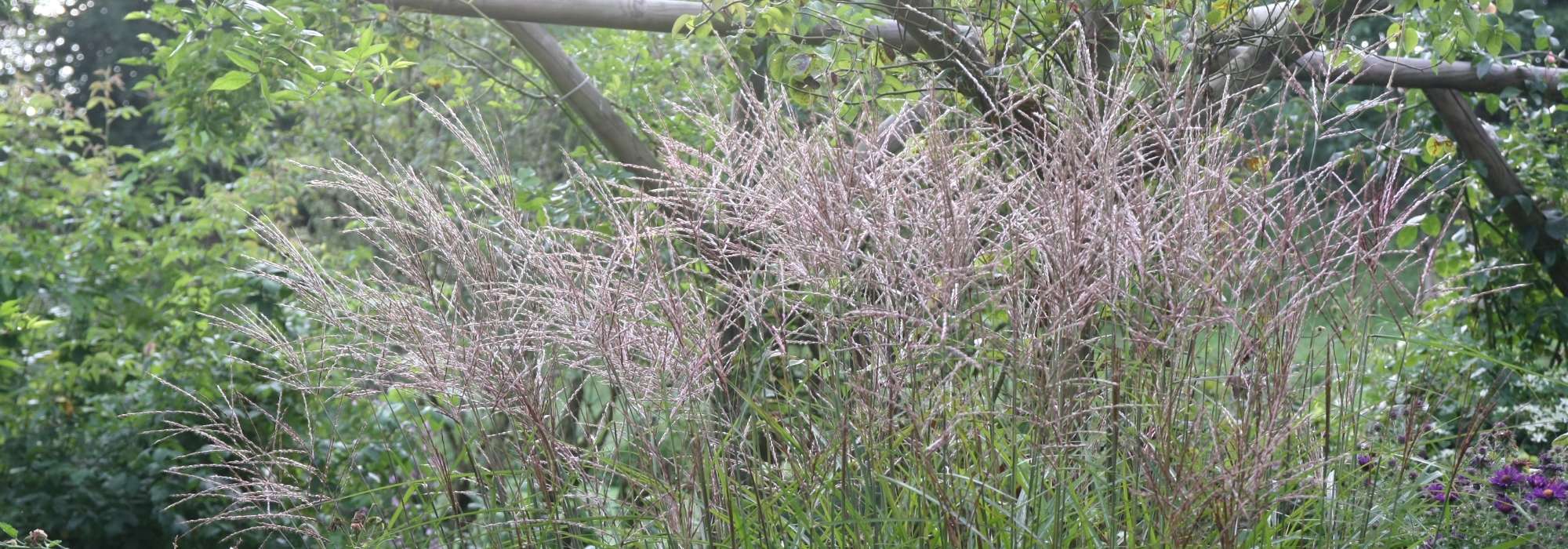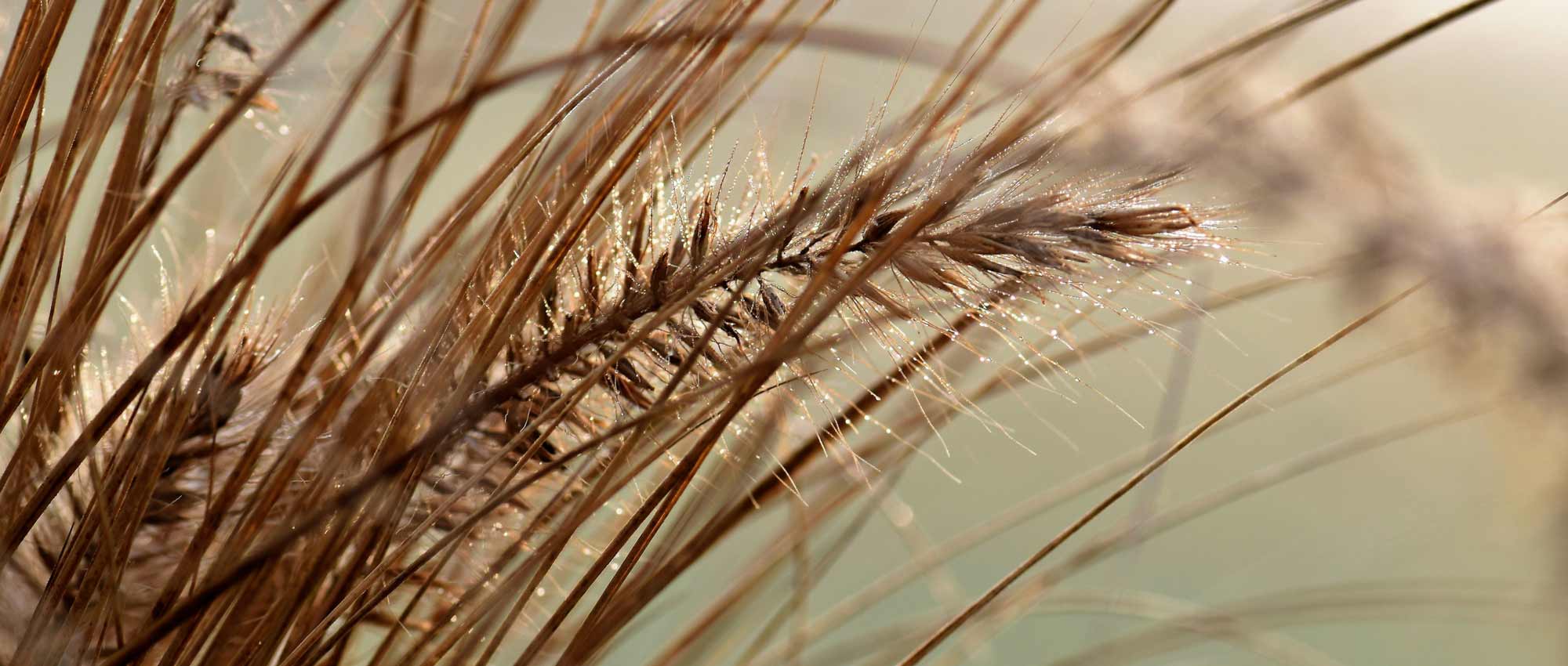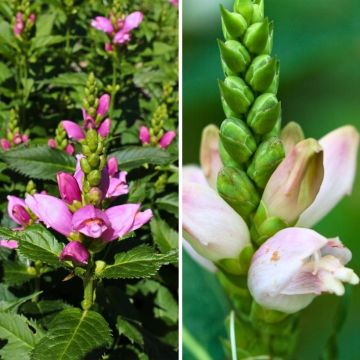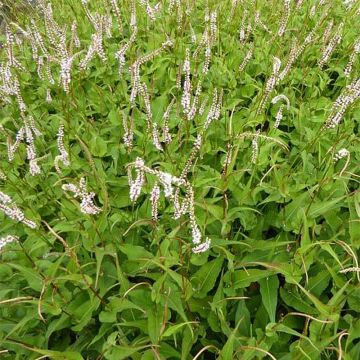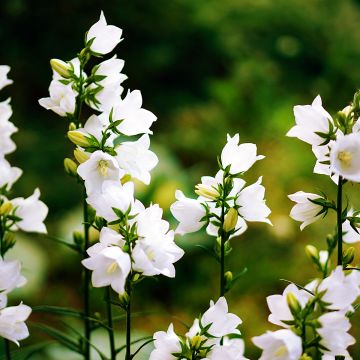

Miscanthus sinensis Adagio - Silvergrass
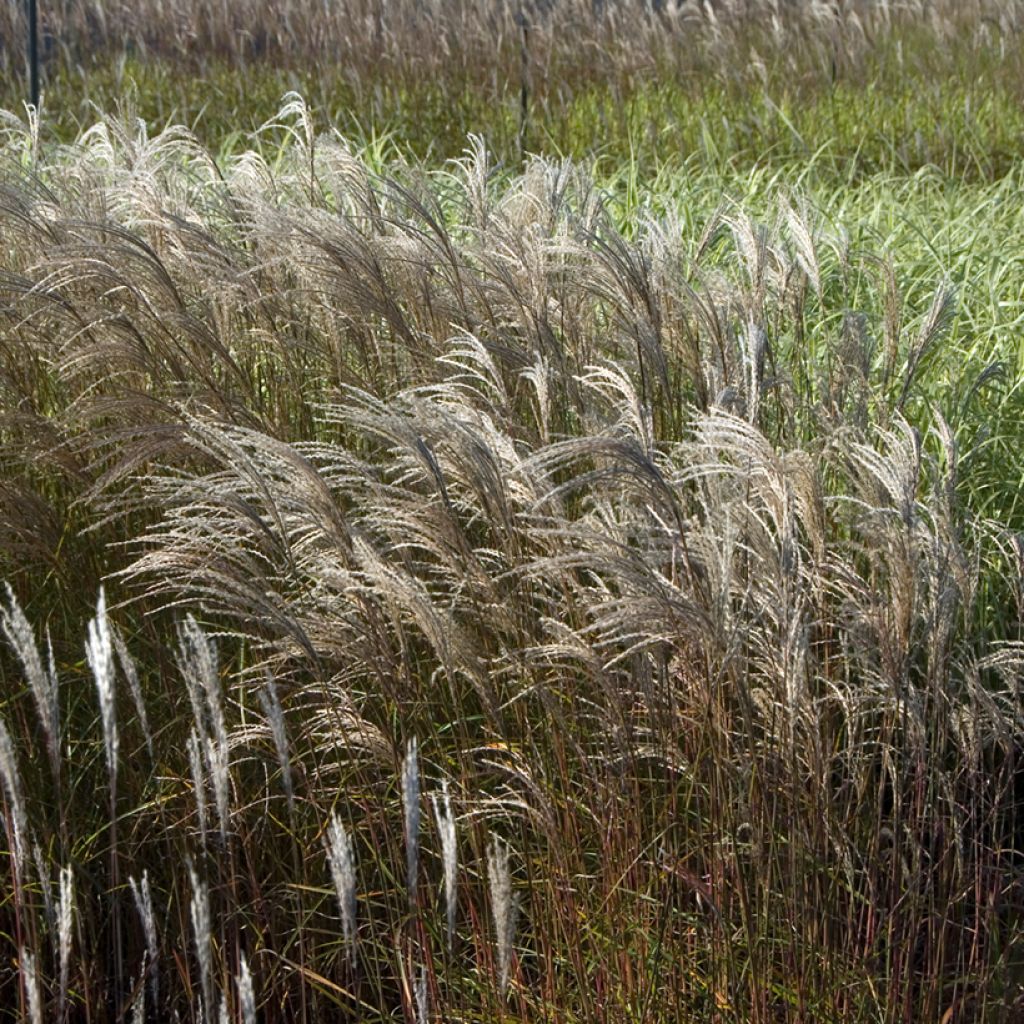

Miscanthus sinensis Adagio - Silvergrass
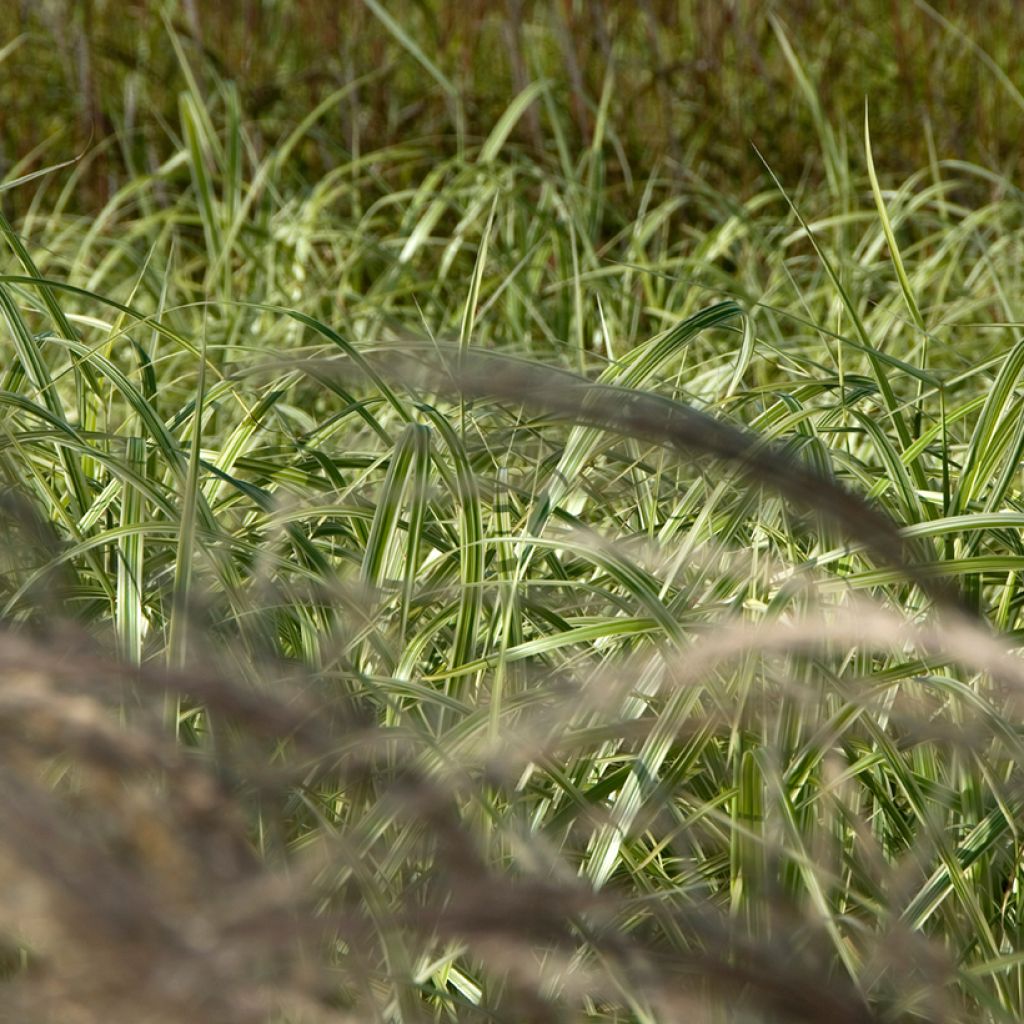

Miscanthus sinensis Adagio - Silvergrass
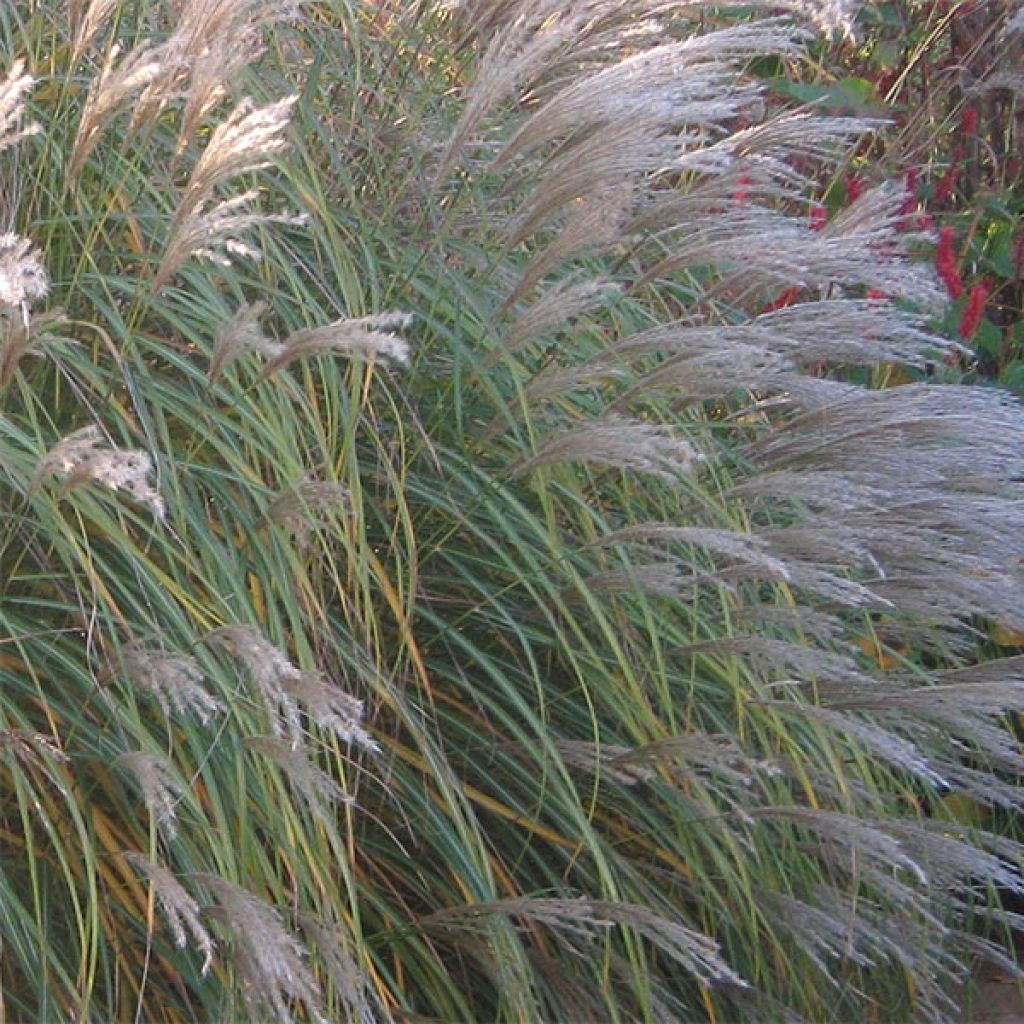

Miscanthus sinensis Adagio - Silvergrass
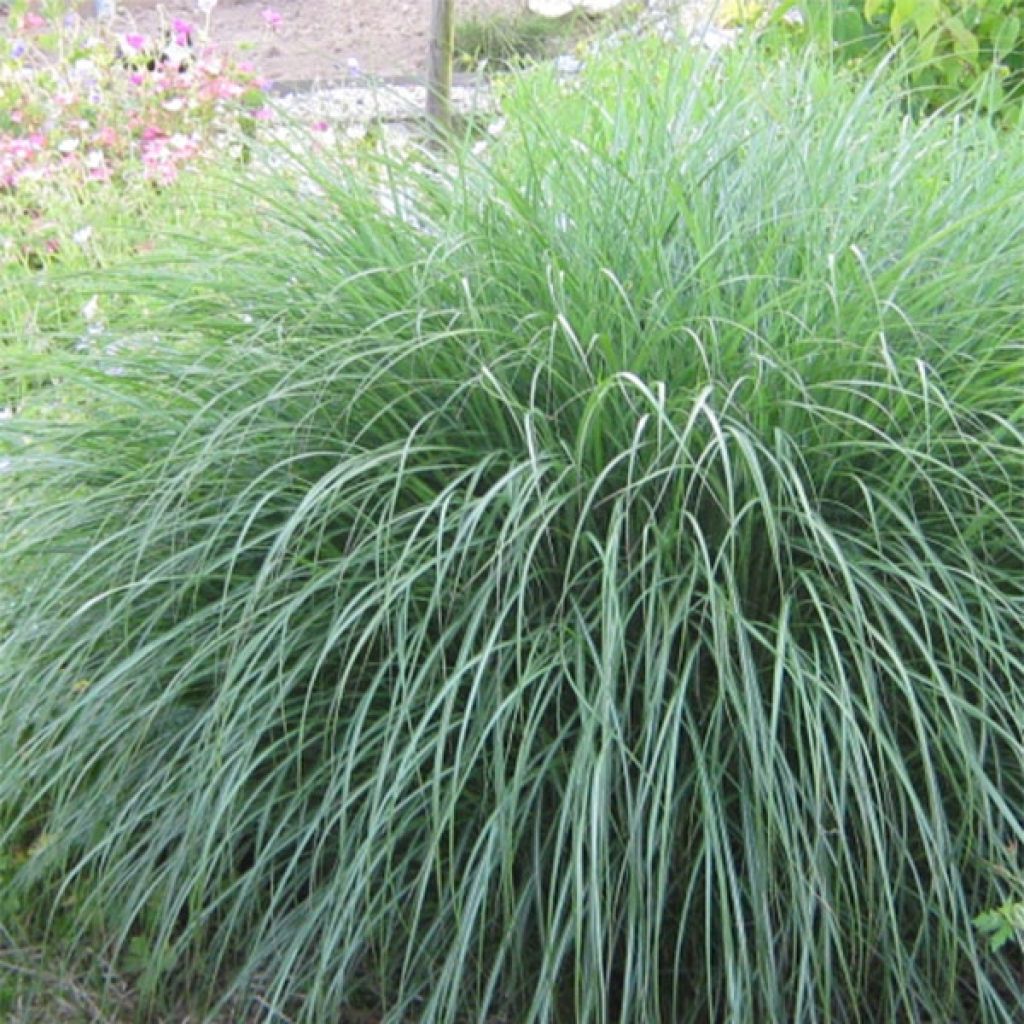

Miscanthus sinensis Adagio - Silvergrass
Miscanthus sinensis Adagio - Silvergrass
Miscanthus sinensis Adagio
Eulalia, Porcupine Grass, Chinese silver Grass, Maiden Grass, Zebra Grass, Susuki Grass
Planted in March 2025. Good establishment despite the continuous drought from spring to summer and a medium soil. Weekly mulching and watering and today they already look splendid.
Béatrice, 16/11/2025
Special offer!
Receive a €20 voucher for any order over €90 (excluding delivery costs, credit notes, and plastic-free options)!
1- Add your favorite plants to your cart.
2- Once you have reached €90, confirm your order (you can even choose the delivery date!).
3- As soon as your order is shipped, you will receive an email containing your voucher code, valid for 3 months (90 days).
Your voucher is unique and can only be used once, for any order with a minimum value of €20, excluding delivery costs.
Can be combined with other current offers, non-divisible and non-refundable.
Home or relay delivery (depending on size and destination)
Schedule delivery date,
and select date in basket
This plant carries a 12 months recovery warranty
More information
We guarantee the quality of our plants for a full growing cycle, and will replace at our expense any plant that fails to recover under normal climatic and planting conditions.

Would this plant suit my garden?
Set up your Plantfit profile →
Description
The Miscanthus sinensis 'Adagio', also known as eulalia, is a dense and compact variety of Chinese reed full of elegance. This hardy and perennial grass forms a very dense clump composed of grey-silver foliage that plays with the light. It also proves to be particularly floriferous, producing numerous thin feathery spikes in summer, which start off pink and then turn cream-white when ripe. 'Adagio' brings rhythm and movement to flower beds, even during winter which does not alter its beautiful silhouette. This ornamental grass is ideal for small gardens, perennial borders or container gardening.
The Chinese reed 'Adagio' belongs to the family of poaceae. It is a horticultural form derived from Miscanthus sinensis, native to East Asia and Oceania. This hardy perennial with short rhizomes grows in a non-spreading clump, it is tufted. The habit is both compact and erect, reaching a height of 70 cm (28in) to 1 m (3ft) when in flower, with a spread of 50 to 70 cm (20 to 28in). The leaves are thin, very long, flexible, with a very silvery green color. Long floral stems emerge from the foliage from August to September and into November, in the form of digitate and silky spikes 20 cm (8in) long, pale pink when they first appear. When they fade, they take on a pretty cream-white color. The plumes are made up of tiny pink flowers that close a little later, only to open again when ripe. They then take on a paler and more feathery appearance.
This Eulalia has deciduous foliage, but remains interesting for most of the winter. It is a "herb" that is meant for the background of large flower beds, to which its strong presence brings a beautiful structure and a lot of grace. It is suitable for wild gardens and contemplative gardeners. Just install it among the asters, in the company of garden chrysanthemums or perpetual roses, watch it grow and thicken, play with the wind and the low autumn light, and bend under the showers. It also has a place in modern gardens, with clean lines, in the company of dwarf bamboos or ferns if the soil is moist. These grasses add volume and texture to perennial beds, lightening their flowering. In an urban garden, Miscanthus 'Adagio' will soften concrete structures. Growing in large containers is also recommended, allowing you to furnish the terrace or balcony with elegance and rhythm.
Miscanthus sinensis Adagio - Silvergrass in pictures


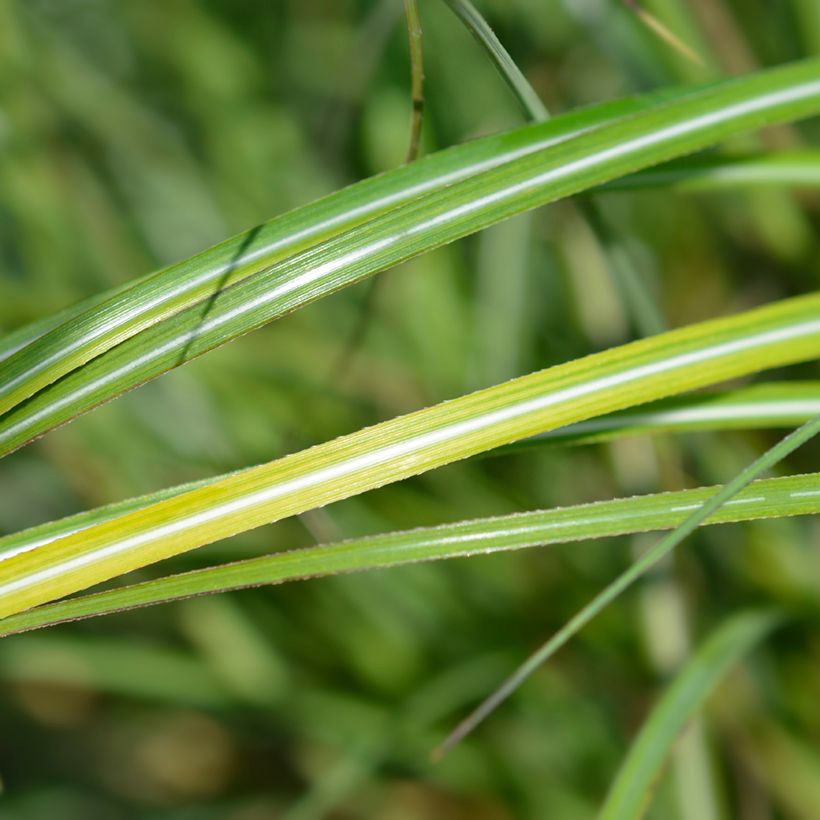

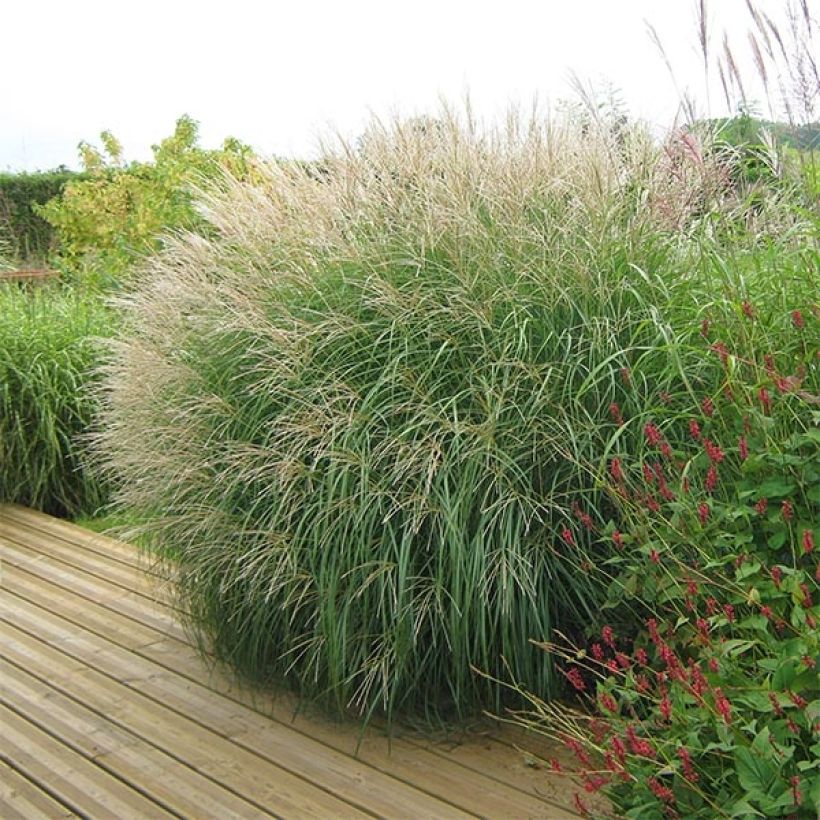

Flowering
Foliage
Plant habit
Botanical data
Miscanthus
sinensis
Adagio
Poaceae
Eulalia, Porcupine Grass, Chinese silver Grass, Maiden Grass, Zebra Grass, Susuki Grass
Cultivar or hybrid
Other Miscanthus
View all →Planting and care
Miscanthus sinensis 'Adagio' thrives in warm exposures and a healthy, fairly rich and deep, well-drained but moist soil in summer. This plant tolerates occasional drought if the soil is deep, and can adapt to poor soils where it will be less spectacular. It is best to cut back the foliage to ground level in early spring, after the strongest frosts have passed. For container planting, choose a large container (minimum 30L) filled with a fertile, well-draining and flexible growing medium. A mixture composed of 20% good garden soil, 20% drainage materials (pumice, gravel or coarse river sand), 60% horticultural compost. Apply well-decomposed compost once or twice a year (end of winter and autumn) or slow-release fertilizer.
Planting period
Intended location
Care
Planting & care advice
-
, onOrder confirmed
Reply from on Promesse de fleurs
Similar products
Haven't found what you were looking for?
Hardiness is the lowest winter temperature a plant can endure without suffering serious damage or even dying. However, hardiness is affected by location (a sheltered area, such as a patio), protection (winter cover) and soil type (hardiness is improved by well-drained soil).

Photo Sharing Terms & Conditions
In order to encourage gardeners to interact and share their experiences, Promesse de fleurs offers various media enabling content to be uploaded onto its Site - in particular via the ‘Photo sharing’ module.
The User agrees to refrain from:
- Posting any content that is illegal, prejudicial, insulting, racist, inciteful to hatred, revisionist, contrary to public decency, that infringes on privacy or on the privacy rights of third parties, in particular the publicity rights of persons and goods, intellectual property rights, or the right to privacy.
- Submitting content on behalf of a third party;
- Impersonate the identity of a third party and/or publish any personal information about a third party;
In general, the User undertakes to refrain from any unethical behaviour.
All Content (in particular text, comments, files, images, photos, videos, creative works, etc.), which may be subject to property or intellectual property rights, image or other private rights, shall remain the property of the User, subject to the limited rights granted by the terms of the licence granted by Promesse de fleurs as stated below. Users are at liberty to publish or not to publish such Content on the Site, notably via the ‘Photo Sharing’ facility, and accept that this Content shall be made public and freely accessible, notably on the Internet.
Users further acknowledge, undertake to have ,and guarantee that they hold all necessary rights and permissions to publish such material on the Site, in particular with regard to the legislation in force pertaining to any privacy, property, intellectual property, image, or contractual rights, or rights of any other nature. By publishing such Content on the Site, Users acknowledge accepting full liability as publishers of the Content within the meaning of the law, and grant Promesse de fleurs, free of charge, an inclusive, worldwide licence for the said Content for the entire duration of its publication, including all reproduction, representation, up/downloading, displaying, performing, transmission, and storage rights.
Users also grant permission for their name to be linked to the Content and accept that this link may not always be made available.
By engaging in posting material, Users consent to their Content becoming automatically accessible on the Internet, in particular on other sites and/or blogs and/or web pages of the Promesse de fleurs site, including in particular social pages and the Promesse de fleurs catalogue.
Users may secure the removal of entrusted content free of charge by issuing a simple request via our contact form.
The flowering period indicated on our website applies to countries and regions located in USDA zone 8 (France, the United Kingdom, Ireland, the Netherlands, etc.)
It will vary according to where you live:
- In zones 9 to 10 (Italy, Spain, Greece, etc.), flowering will occur about 2 to 4 weeks earlier.
- In zones 6 to 7 (Germany, Poland, Slovenia, and lower mountainous regions), flowering will be delayed by 2 to 3 weeks.
- In zone 5 (Central Europe, Scandinavia), blooming will be delayed by 3 to 5 weeks.
In temperate climates, pruning of spring-flowering shrubs (forsythia, spireas, etc.) should be done just after flowering.
Pruning of summer-flowering shrubs (Indian Lilac, Perovskia, etc.) can be done in winter or spring.
In cold regions as well as with frost-sensitive plants, avoid pruning too early when severe frosts may still occur.
The planting period indicated on our website applies to countries and regions located in USDA zone 8 (France, United Kingdom, Ireland, Netherlands).
It will vary according to where you live:
- In Mediterranean zones (Marseille, Madrid, Milan, etc.), autumn and winter are the best planting periods.
- In continental zones (Strasbourg, Munich, Vienna, etc.), delay planting by 2 to 3 weeks in spring and bring it forward by 2 to 4 weeks in autumn.
- In mountainous regions (the Alps, Pyrenees, Carpathians, etc.), it is best to plant in late spring (May-June) or late summer (August-September).
The harvesting period indicated on our website applies to countries and regions in USDA zone 8 (France, England, Ireland, the Netherlands).
In colder areas (Scandinavia, Poland, Austria...) fruit and vegetable harvests are likely to be delayed by 3-4 weeks.
In warmer areas (Italy, Spain, Greece, etc.), harvesting will probably take place earlier, depending on weather conditions.
The sowing periods indicated on our website apply to countries and regions within USDA Zone 8 (France, UK, Ireland, Netherlands).
In colder areas (Scandinavia, Poland, Austria...), delay any outdoor sowing by 3-4 weeks, or sow under glass.
In warmer climes (Italy, Spain, Greece, etc.), bring outdoor sowing forward by a few weeks.






























